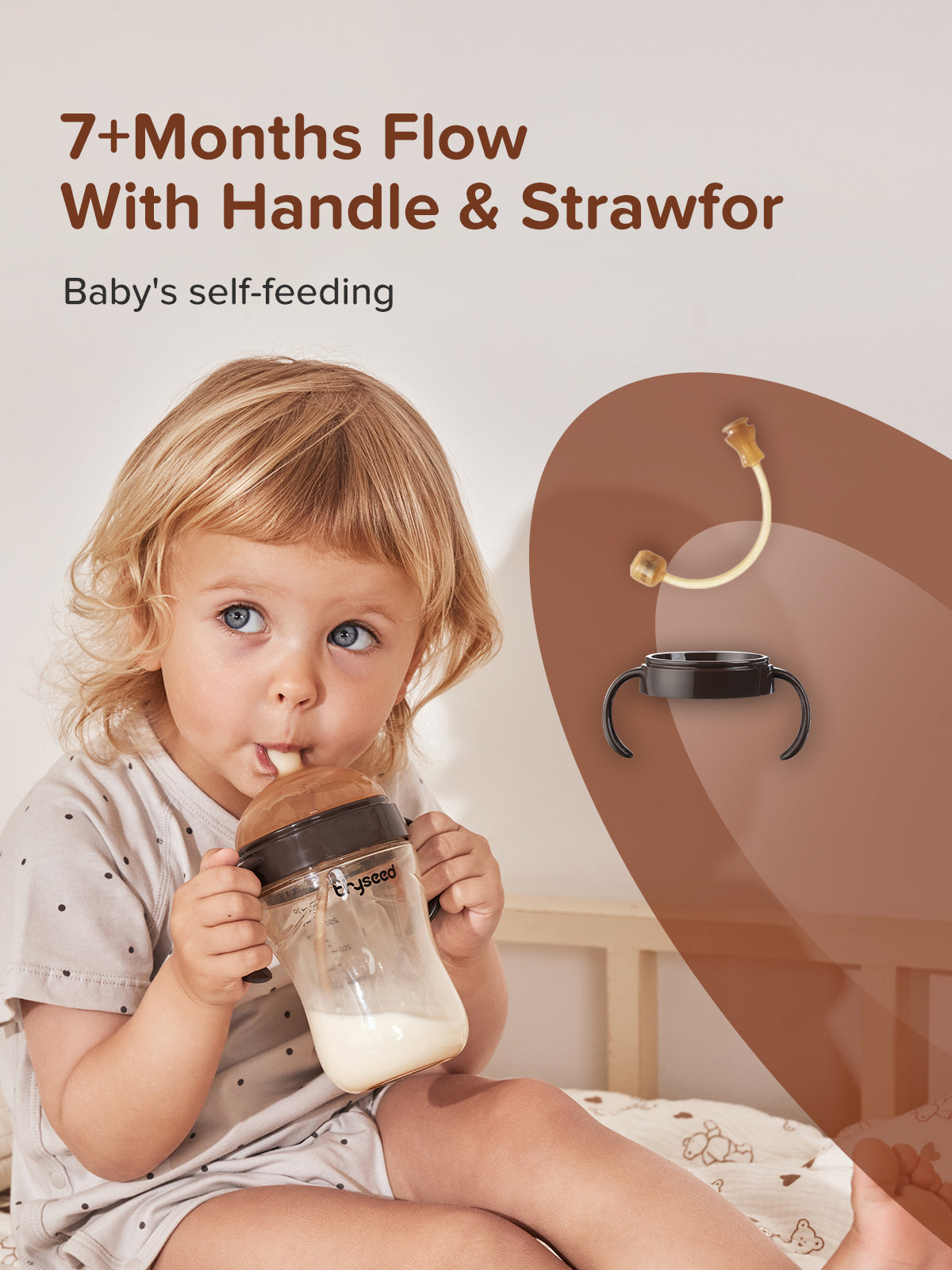The Ultimate Guide to Finding the Perfect Newborn Baby Bottles Online!
Choosing the right newborn baby bottles is crucial for both feeding and comfort, making it one of the first important decisions new parents face. With so many options available, selecting a bottle that suits your baby's needs can feel overwhelming. Fortunately, the convenience of online shopping has opened up a world of possibilities, allowing parents to browse through a vast array of products from the comfort of their homes. From different materials and designs to various features tailored specifically for newborns, this guide aims to equip parents with the knowledge they need to make informed choices while purchasing baby bottles online.

Understanding Newborn Baby Bottles
Newborn baby bottles come in various types, each designed to meet the unique needs of infants. They are typically made from three primary materials: plastic, glass, and silicone. Plastic bottles are lightweight and shatterproof, making them a popular choice for many parents. Glass bottles, on the other hand, are often favored for their durability and ease of cleaning, although they can be heavier and more prone to breakage. Silicone bottles provide a soft, squeezable option that can help mimic breastfeeding, which some parents find beneficial. Apart from the material, the features of baby bottles—like nipple shapes and flow rates—play a significant role in a newborn's feeding experience. For instance, a slow flow nipple is usually recommended for newborns to prevent choking and ensure they can comfortably latch. Understanding these variations helps parents select bottles that promote a positive feeding experience for their little ones.
Key Factors to Consider When Buying Online
When purchasing baby bottles online, several critical factors should be taken into account to ensure safety and convenience. First and foremost, safety standards are paramount; parents should look for bottles that are BPA-free and meet safety regulations. Another important consideration is the ease of cleaning. Many bottles come apart into several pieces, so selecting bottles that are dishwasher-safe can save parents valuable time. Additionally, compatibility with breast pumps can be a game-changer for breastfeeding moms. If the bottles can easily connect to a breast pump, it allows for a seamless transition between breastfeeding and bottle feeding, which can be vital for maintaining a good supply. Reading product descriptions and reviews can provide insights into these factors, helping parents make informed decisions.
How to Choose the Right Nipple for Your Baby
The nipple is an essential component of the baby bottle, influencing how well a newborn feeds. There are various types of nipples available, including those with different flow rates and shapes. A slow flow nipple is generally recommended for newborns, as it mimics the pace of breastfeeding and reduces the risk of choking. As babies grow, they may require nipples with faster flow rates to accommodate their increasing feeding needs. Additionally, some nipples are designed to closely resemble the breast, helping to ease the transition for breastfed babies. It's important for parents to observe their baby's feeding cues and comfort levels to determine the best nipple type. Experimenting with different shapes and flow rates can lead to a more enjoyable feeding experience for both the baby and the parent.
Where to Buy Newborn Baby Bottles Online
When it comes to buying newborn baby bottles online, choosing reliable platforms is vital for a safe shopping experience. Major e-commerce websites often provide a wide selection of products, but it’s essential to read reviews and ratings from other parents to gauge the quality of the bottles. Additionally, checking the return policy is crucial in case the chosen bottles do not meet your expectations. Some platforms even offer detailed product descriptions and comparisons, which can help in making informed decisions. Don’t hesitate to explore parenting forums and social media groups for recommendations on where to buy as well. Many parents share their experiences and tips on the best places to find quality baby bottles online.
Tips for Transitioning to Bottle Feeding
Introducing a baby to a bottle can be a process that requires patience and experimentation. It’s essential to approach this transition gradually to minimize confusion for your baby. Start by offering the bottle at a time when your baby is calm and hungry, typically around feeding times. This helps your baby associate bottle feeding with comfort. Some parents find that using breast milk in the bottle can ease the transition since it mimics the familiar taste. Also, try different positions while bottle feeding to see what your baby prefers. Timing is key; wait a few weeks after establishing breastfeeding to introduce the bottle, which allows your baby to become comfortable with nursing first.
Final Thoughts on Choosing Baby Bottles
In summary, finding the perfect newborn baby bottles online requires careful consideration of various factors such as material, design, and nipple types. Parents should prioritize safety and ease of cleaning while also being mindful of their baby's specific needs. By taking the time to research and explore different options, parents can ensure a positive feeding experience for their newborns. Remember, every baby is unique, and what works for one may not work for another. Embrace the journey of discovering the right bottles that cater to your family’s preferences and needs, ensuring that both you and your baby feel comfortable and satisfied.








